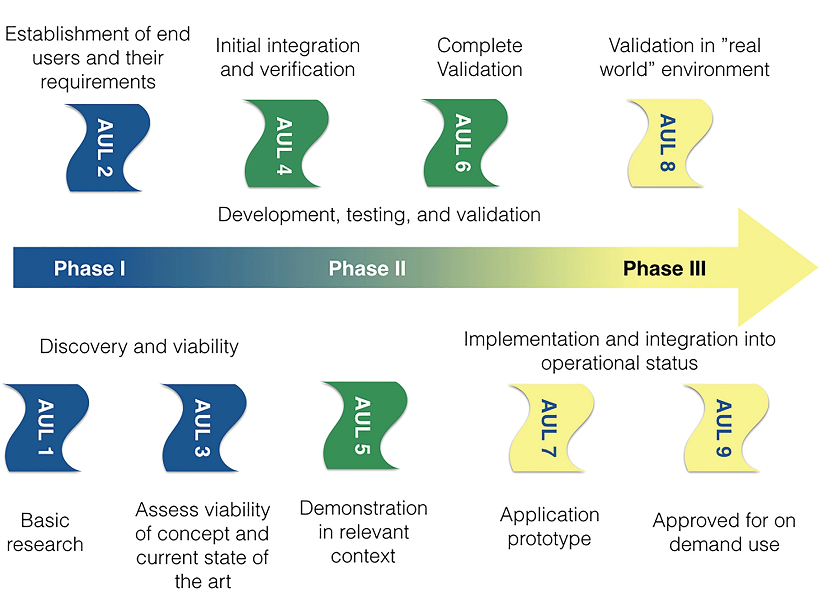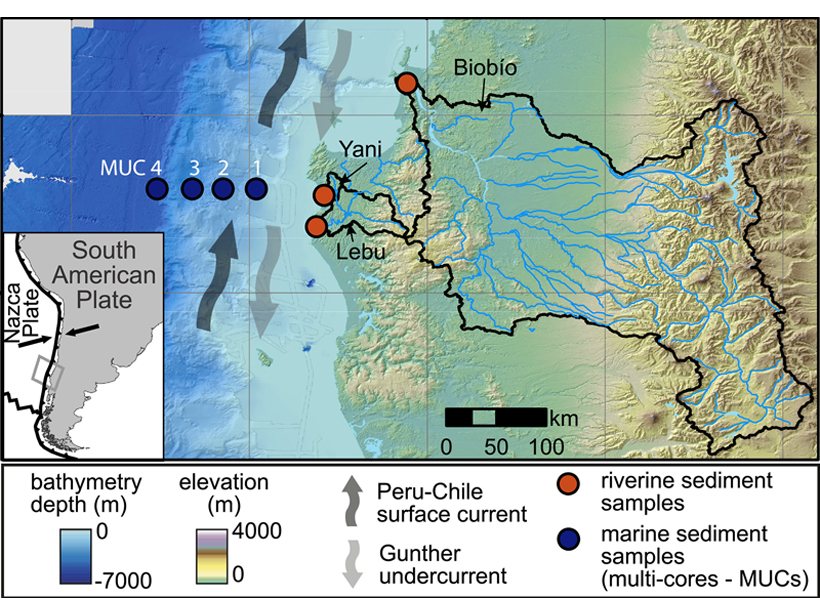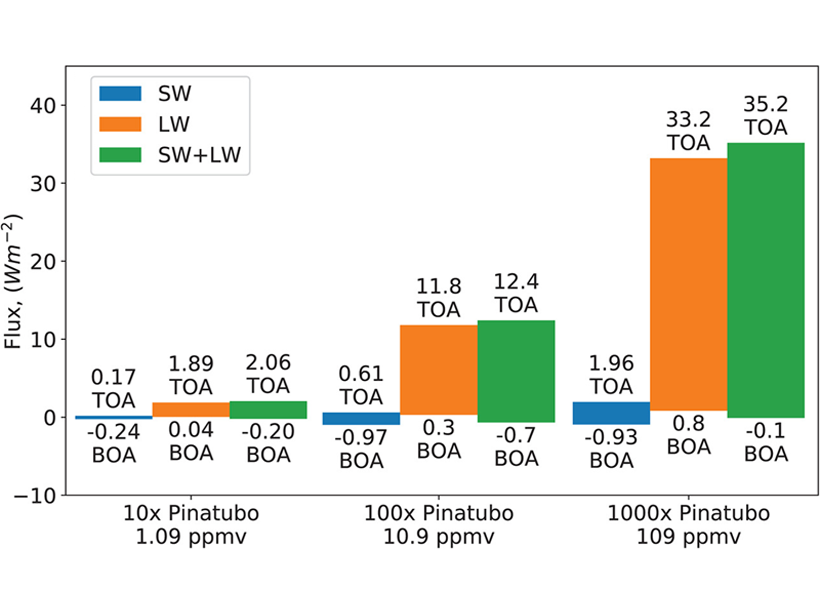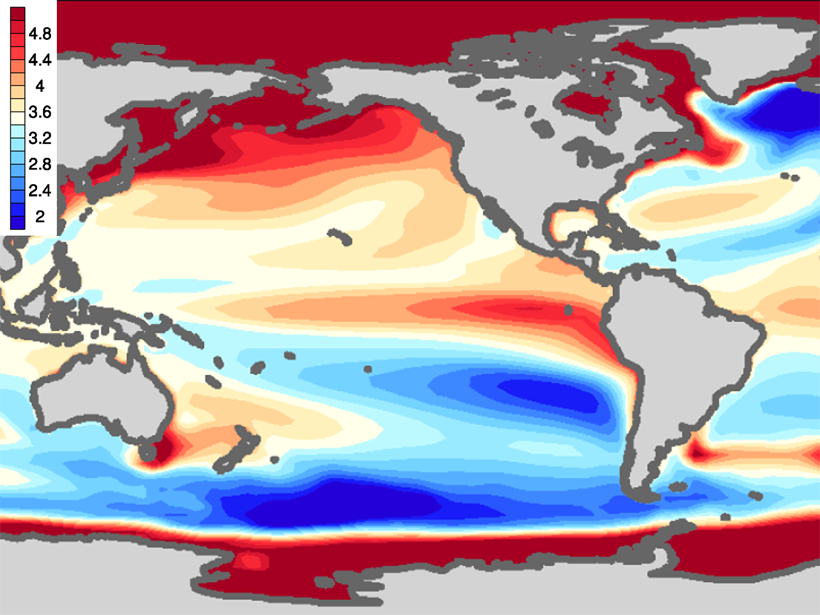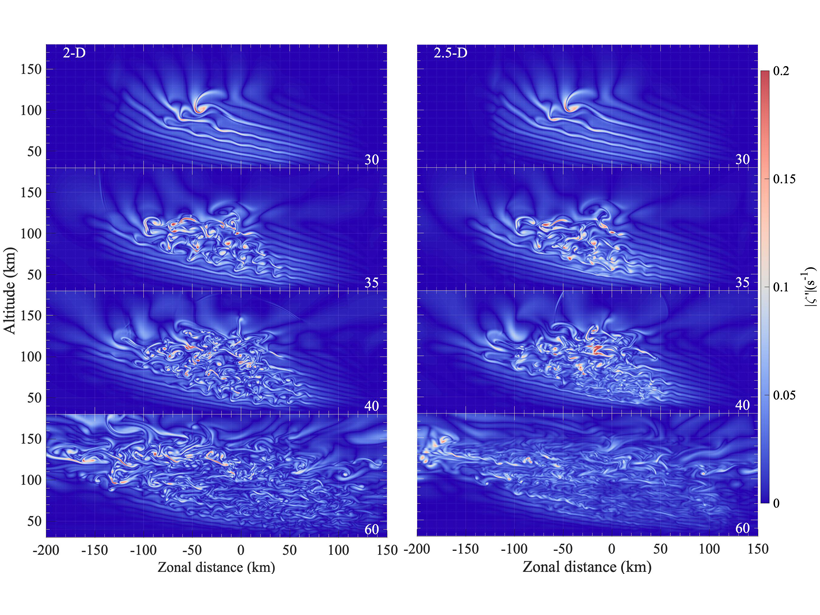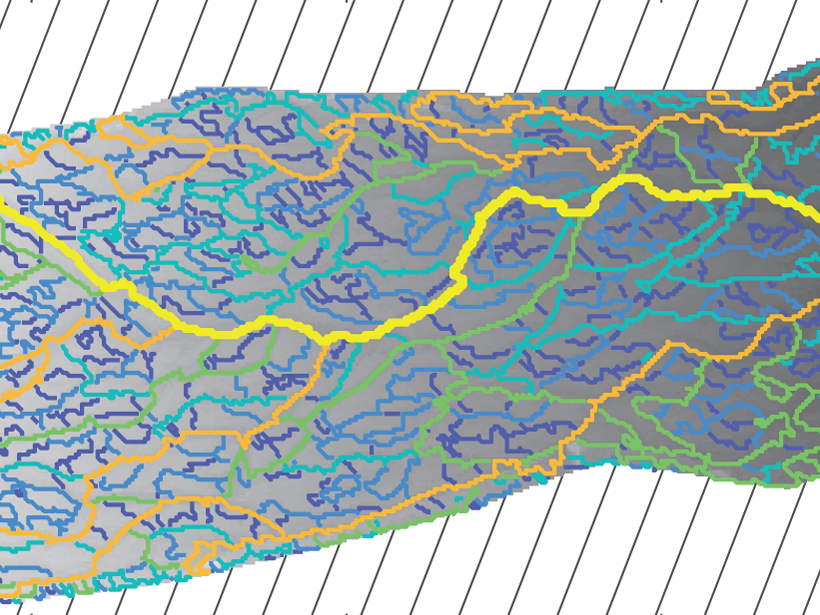The water-rich plumes erupting from Saturn’s moon Enceladus show the chemical signs of water-rock interactions deep within the moon, further implicating Enceladus as a potential habitat for life.
Editors’ Highlights
Highlighting the Path from Space Weather Science to Applications
The transition of space weather science from research to operations needs a framework with both good science and a good dialogue with end users.
Tracking Reverse Weathering
Using beryllium isotopes to track in situ formation of clays in the ocean, known as reverse weathering, will improve global models of atmospheric carbon dioxide and ocean alkalinity.
The Overlooked Role of Sulfur Dioxide Emissions from Volcanoes
Volcanoes can warm as much as they cool. Prior simulations have neglected the important warming effects of sulfur dioxide emissions, making some results colder than they should be.
Why Does Ocean Warming Pattern Matter?
Ocean warming patterns are critical to climate science given their role in determining regional climate changes and modulating how much the globe may warm with elevated CO2 levels.
Slow Slip By Any Other Name
Earth’s faults slip most catastrophically as earthquakes. The rise of geodesy reveals an array of slower slip events, meaning faults are nearly always active. Are these behaviors really so different?
Ryugu: A Not So Magnetic Asteroid
When the lander MASCOT, carried by Hayabusa2, touched down on asteroid Ryugu, it did not detect a magnetic field, even though meteorites that are spectroscopically similar to Ryugu have trace of one.
Space Traffic Management: Better Space Weather Forecasts Needed
Better forecasts of space-weather driven changes in thermospheric density are urgently needed to ensure safe management of the rapidly growing volume of space traffic in low Earth orbit.
Novel Simulations of Upper Atmosphere Gravity Wave Dynamics
Gravity waves play a key role in driving upper atmosphere circulations but are poorly understood. New high-resolution simulations are resolving complex wave behaviors with unprecedented detail.
Representing Estuaries and Braided Rivers as Channel Networks
The human eye is quite good at identifying channel networks among the rich patterns exhibited by estuaries and braided rivers, but computers have a harder time doing so. Could they do better?


